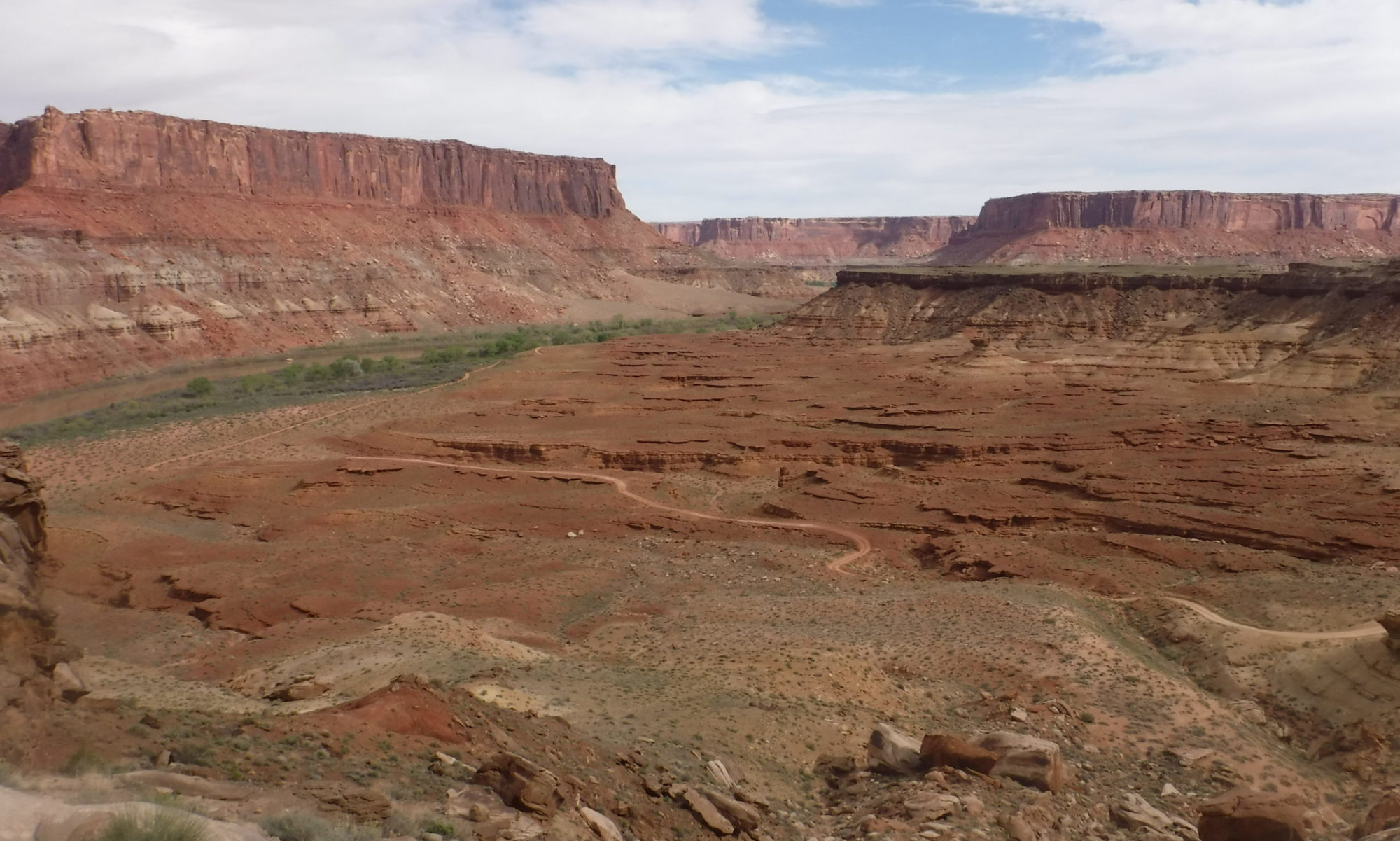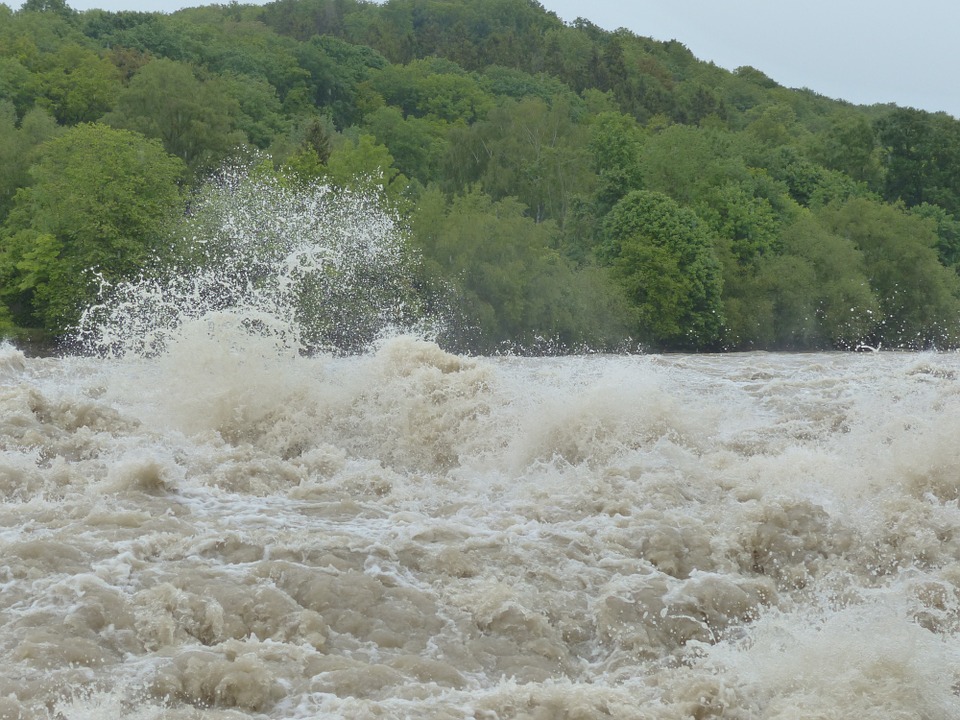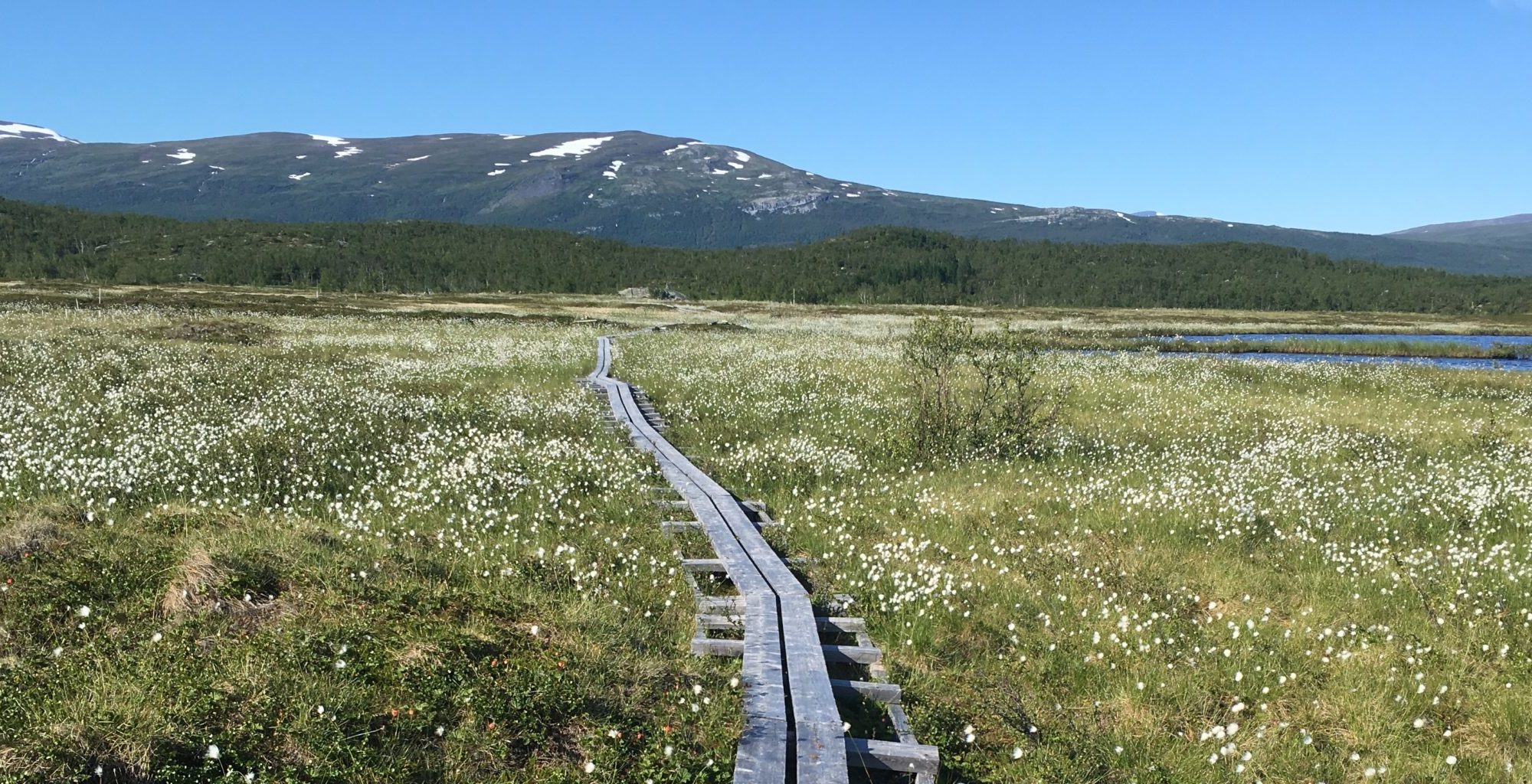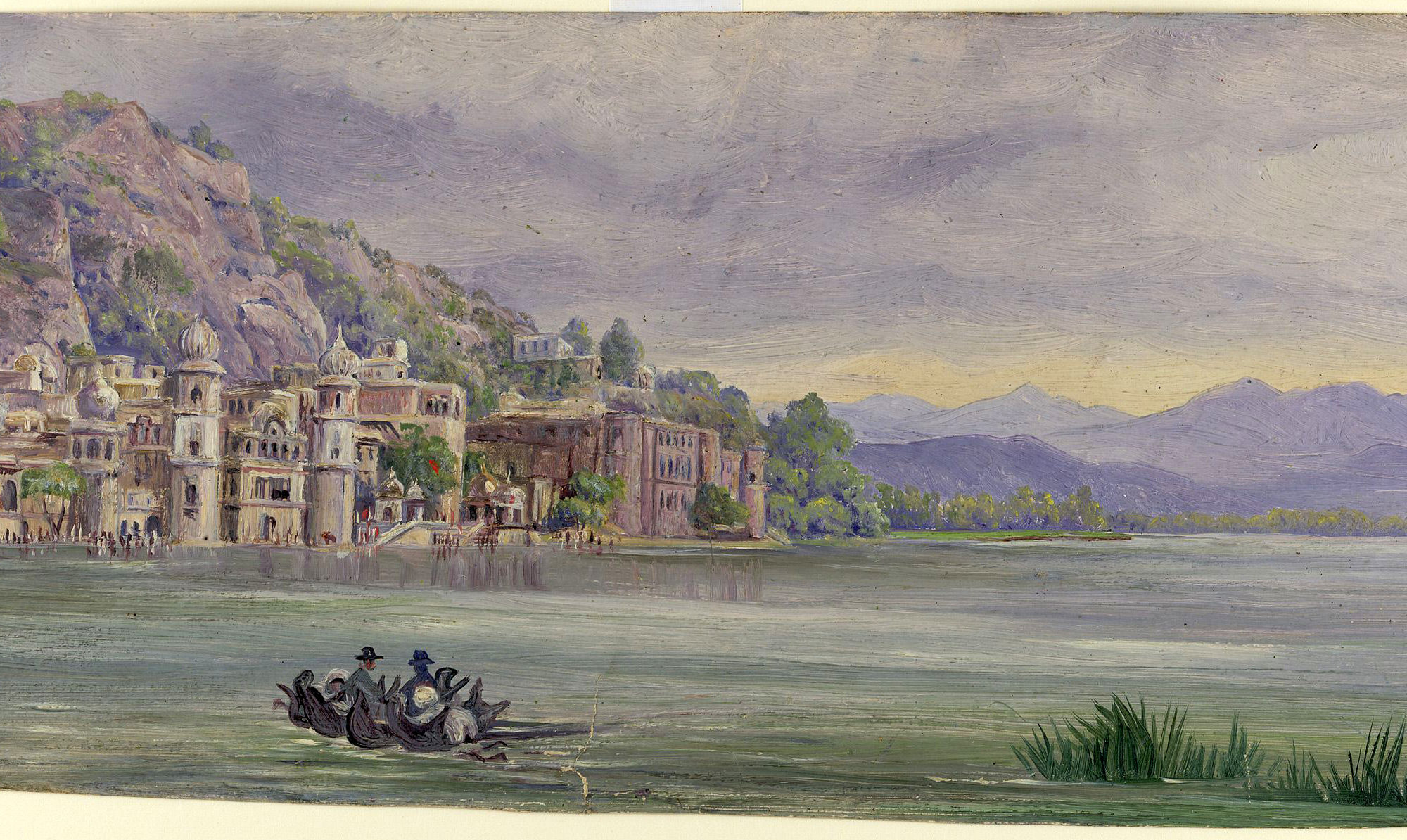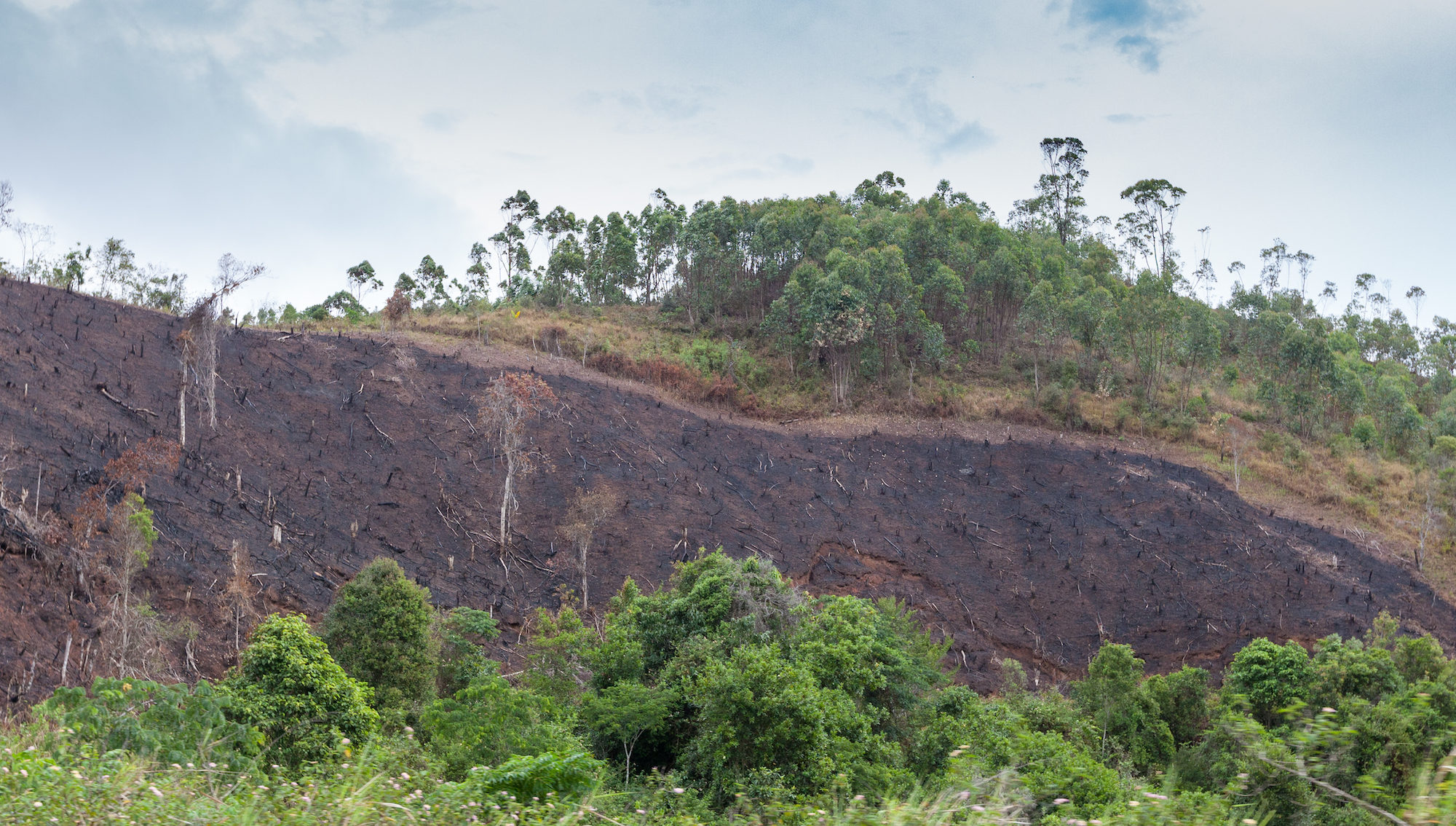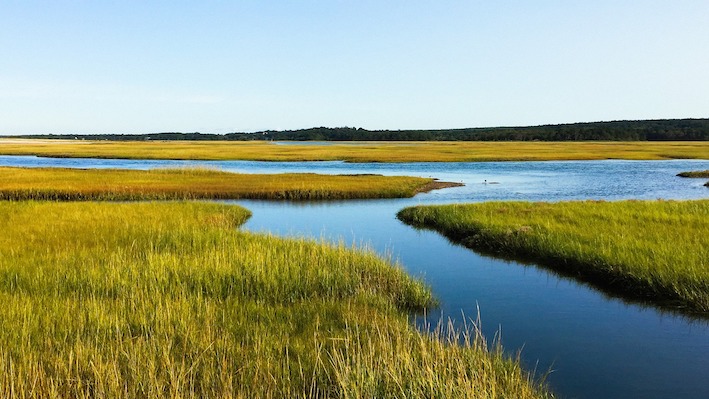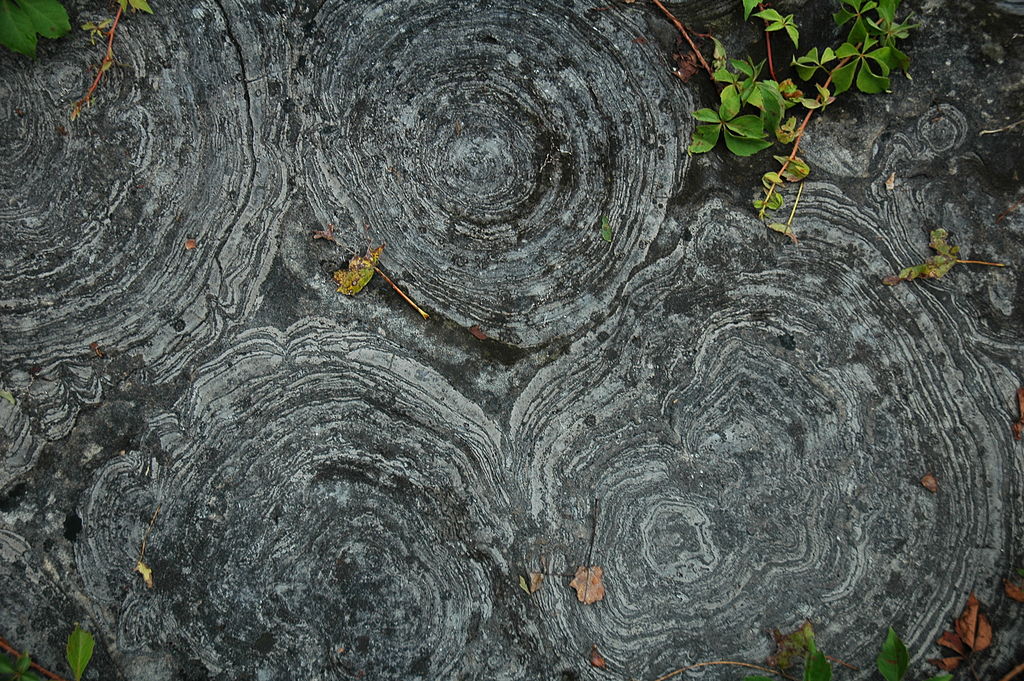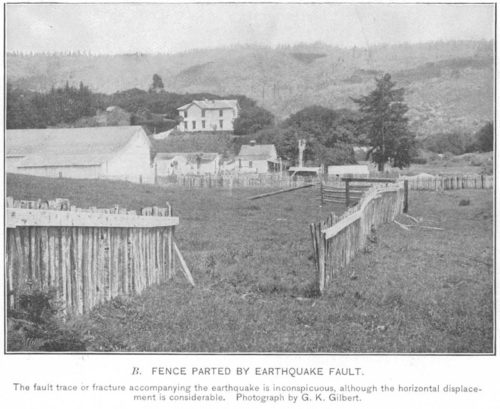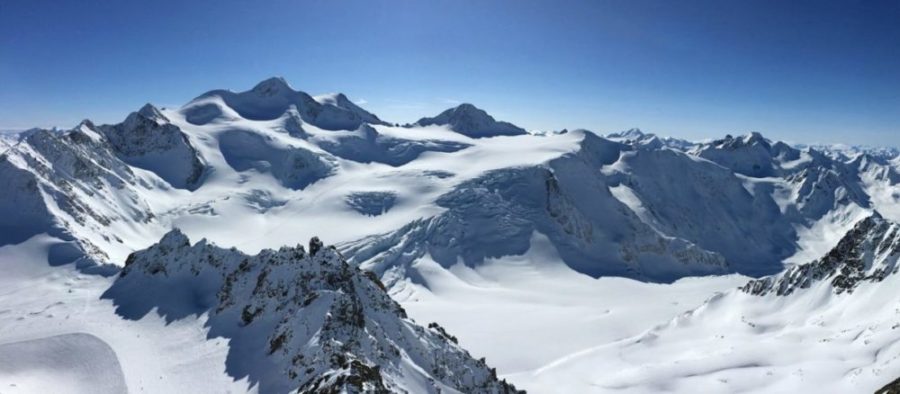Featured image by Hans from Pixabay.
Authors: María Teresa Contreras and Cristían Escauriaza
Climate change has altered weather patterns around the world and has even led to increased heavy rainfall in some regions. This, combined with El Niño – a weather pattern produced by unusual winds that can cause some regions to experience heavier than normal rainfall – has led to high numbers of catastrophic flash floods in populated areas near the Andes mountains. To add insult to injury, climate models predict increases in heavy rainfall events in the future, further worsening the chance for flash floods. New research from scientists working in Chile and the United States aims to model the impact of these floods on communities by simulating realistic flash flood conditions with different amounts of sediment, a potentially dangerous component of flash floods in mountainous regions.
Continue reading “Small Sediment’s Big Impact on Flash Floods”